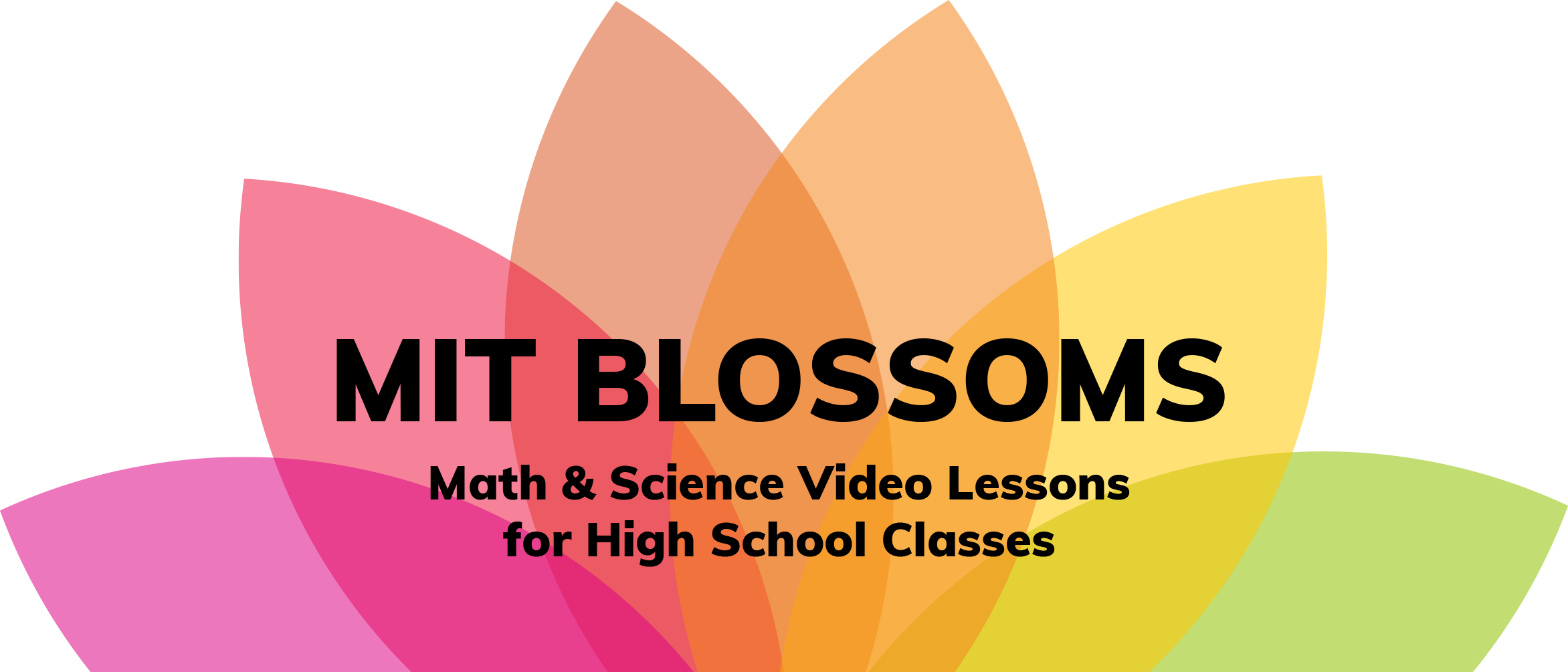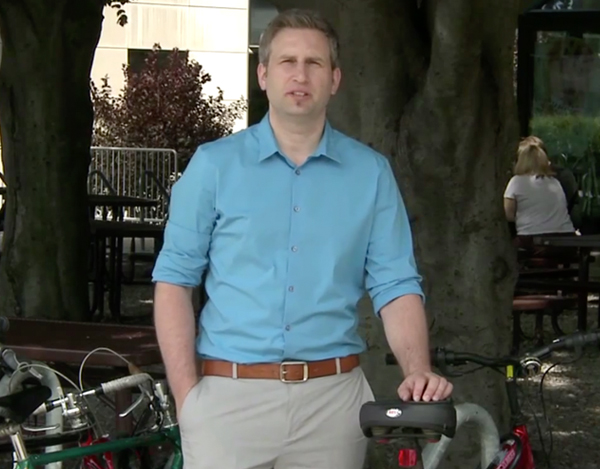The goal of this lesson is to introduce students who are interested in human biology and biochemistry to the subtleties of energy metabolism (typically not presented in standard biology and biochemistry textbooks) through the lens of ATP as the primary energy currency of the cell. Avoiding the details of the major pathways of energy production (such as glycolysis, the citric acid cycle, and oxidative phosphorylation), this lesson is focused exclusively on ATP, which is truly the fuel of life. Starting with the discovery and history of ATP, this lesson will walk the students through 8 segments (outlined below) interspersed by 7 in-class challenge questions and activities, to the final step of ATP production by the ATP synthase, an amazing molecular machine. A basic understanding of the components and subcellular organization (e.g. organelles, membranes, etc.) and chemical foundation (e.g. biomolecules, chemical equilibrium, biochemical energetics, etc.) of a eukaryotic cell is a desired prerequisite, but it is not a must. Through interactive in-class activities, this lesson is designed to spark the students’ interest in biochemistry and human biology as a whole, but could serve as an introductory lesson to teaching advanced concepts of metabolism and bioenergetics in high school depending on the local science curriculum. No supplies or materials are needed.
这节课的目的是通过ATP这个细胞的主要能量货币,向对人体生物学和生物化学感兴趣的学生介绍能量代谢的奇妙 (这一部分内容通常不出现在生物和生物化学的标准教材中),没有涉及能量产生主要途径的细节部分(例如糖酵解,柠檬酸循环,氧化磷酸化),这节课仅仅聚焦在ATP, 真正的生命燃料。从ATP的发现历史开始,这节课将带领学生学习8个部分 (概括如下),每部分之间包含7个具有挑战性的问题和活动,直到由ATP合成酶,这个令人惊叹的分子机器制造出ATP的最后一步。学习这节课,学生最好需要具备一些有关真核细胞的构成和亚细胞组织的基本知识(比如细胞器官,细胞膜等等)以及一定的化学基础(比如生物分子,化学平衡,生化能量学等等),但是这些不是必须的。通过互动性的课堂活动,这节课可以激发学生学习生物化学和人体生物学的兴趣,但是这节课也可以被当作向高中生介绍新陈代谢和生物能量学的高级概念之前的导入课,具体操作视当地学校的科学课程设置情况来定。这节课不需要其它材料。



